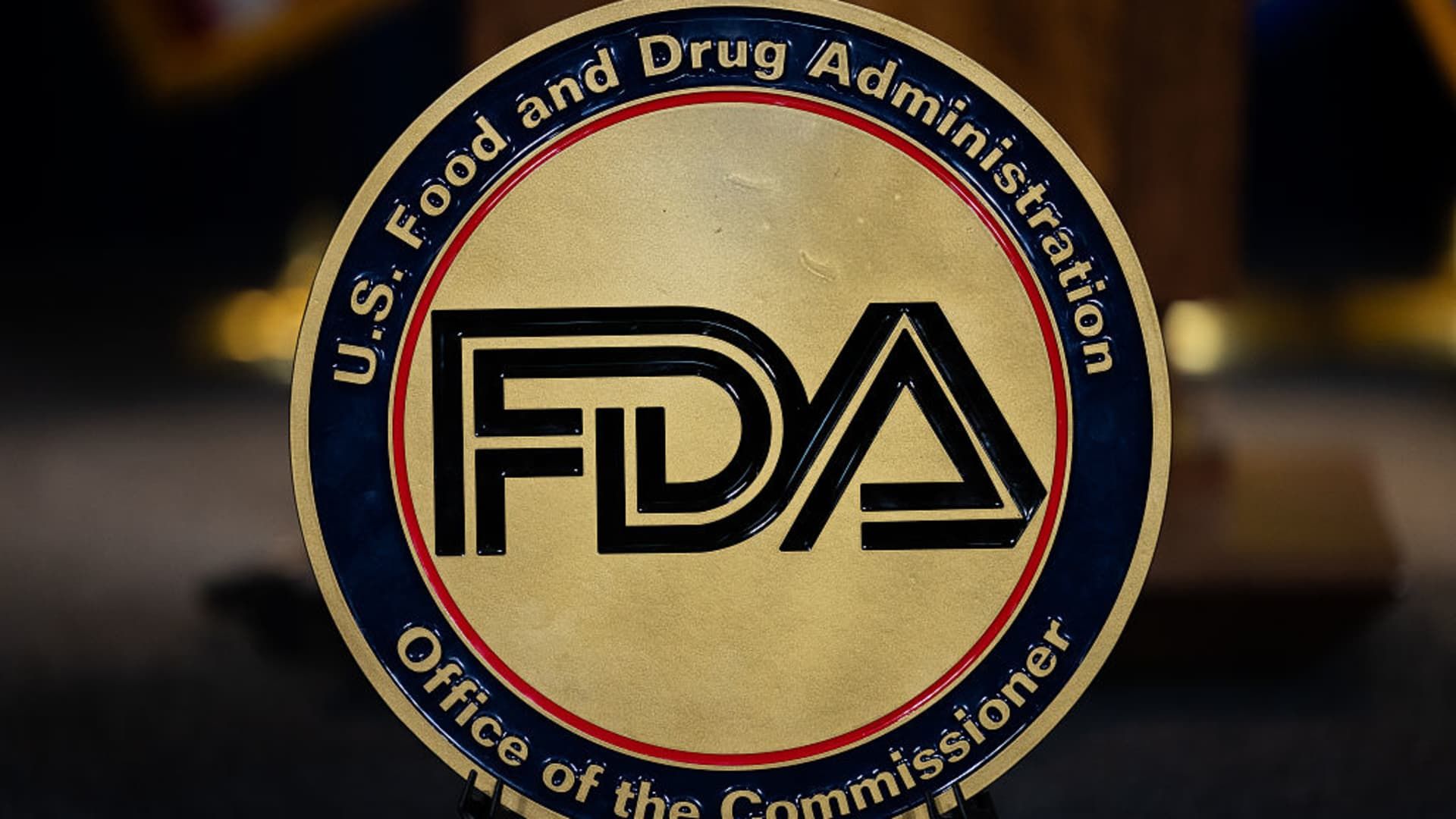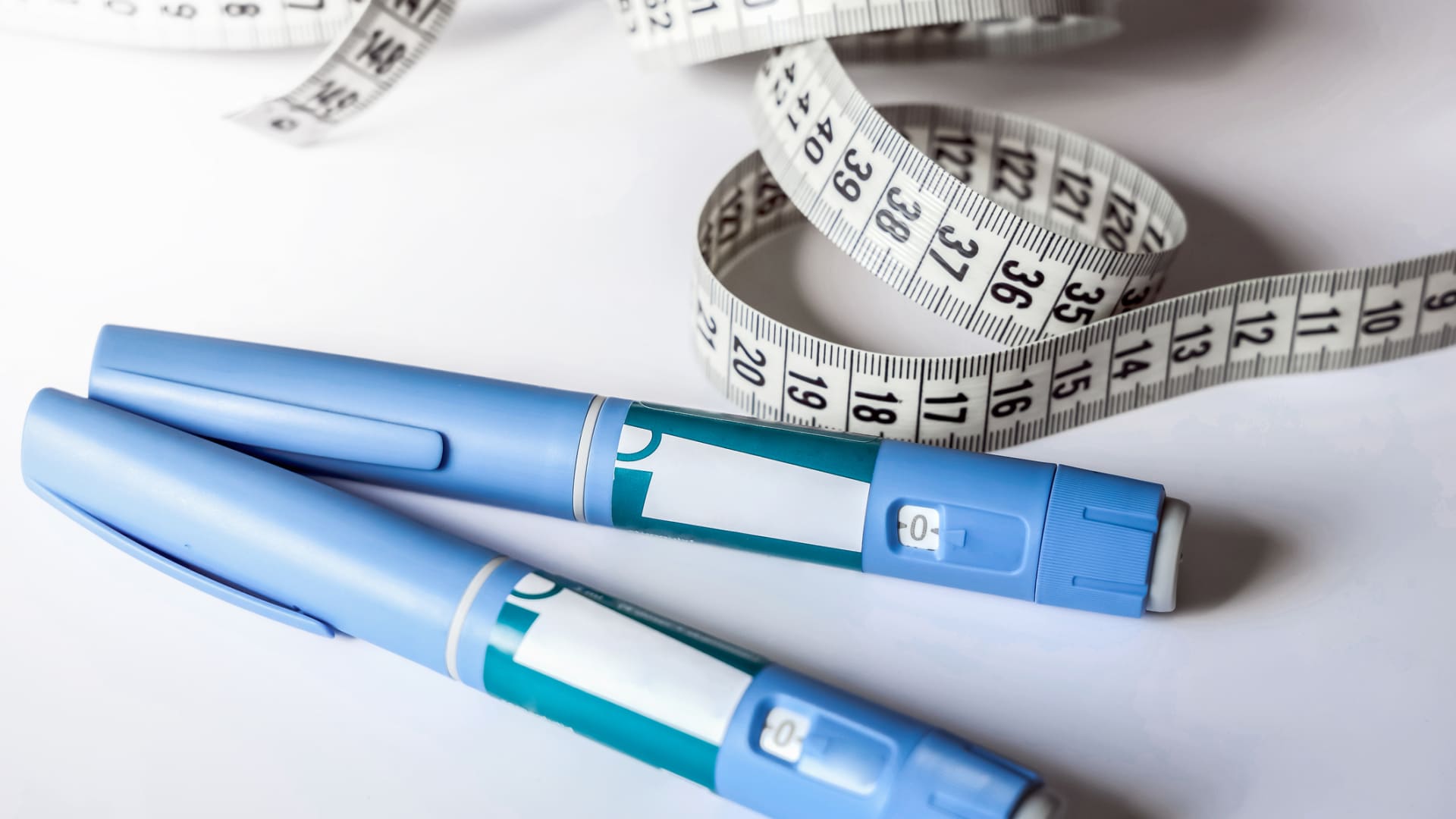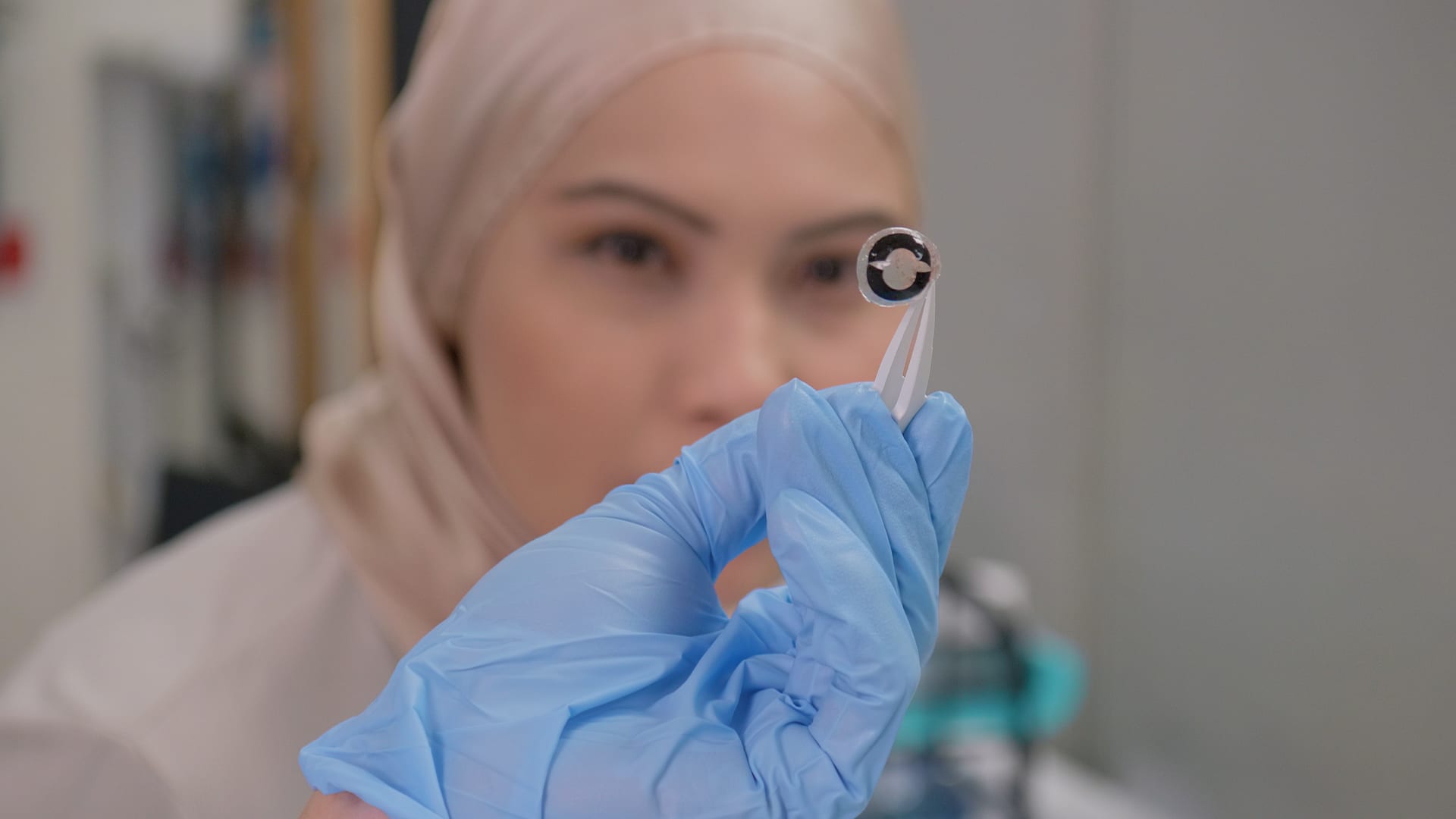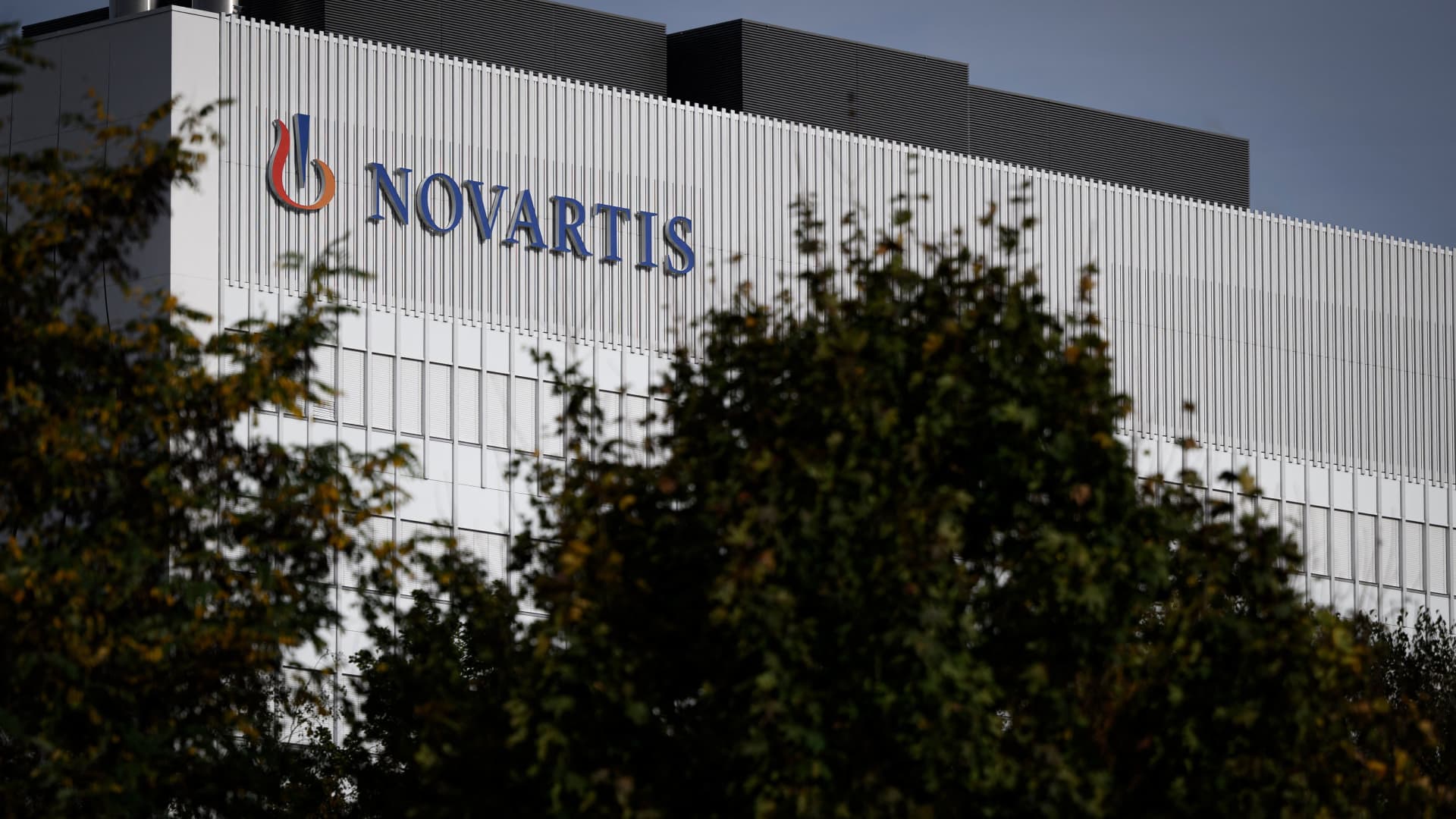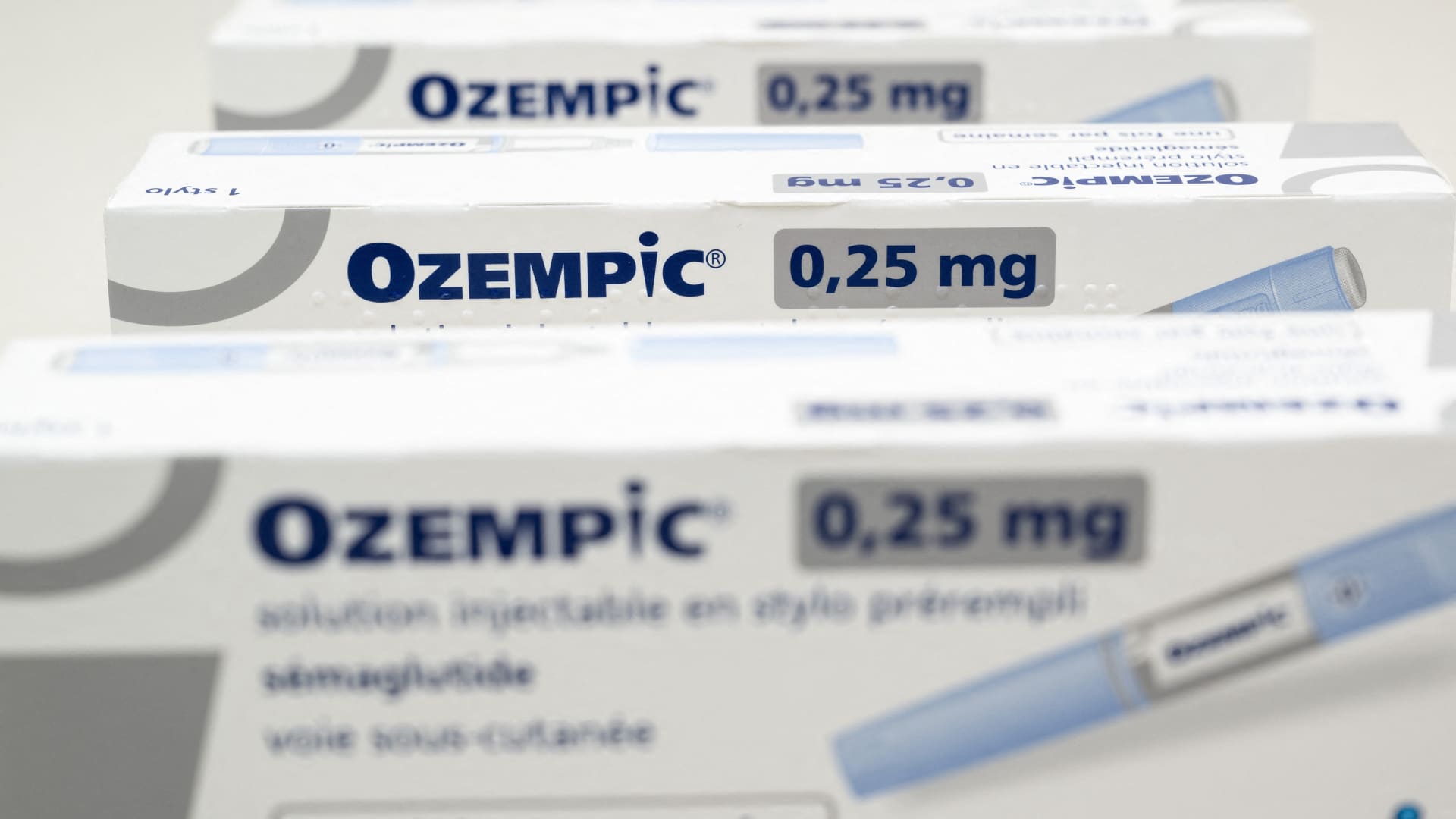The food and medication administration logo is seen before a press conference on the elimination of synthetic dyes of the United States food supply, at the Health and Human Services headquarters in Washington, DC on April 22, 2025.
Nathan Posner | Anadolu | Getty images
The United States Food and Medicines Administration published a warning letter addressed to the WHOOP wrist company on Tuesday, claiming that it is marketing a new blood pressure function without adequate approvals.
The letter focuses on the function of the blood pressure of Whoop (BPI), which the company introduced along with its latest hardware launch in May.
Whoop said its BPI function uses blood pressure information to offer performance and well -being information that reports consumers and improve sports performance.
But the FDA said on Tuesday that Whoop's BPI function is intended to diagnose, cure, treat or prevent diseases, a key distinction that would reclassify the well -being tracker as a “medical device” that has to undergo rigorous proof and approval processes.
“Providing an estimate of blood pressure is not a low risk function,” said the FDA in the letter. “An erroneously low or high blood pressure reading can have significant consequences for the user.”
A Whoop spokesman said that the company's system offers a single estimated daily range and a midpoint, which distinguishes it from medical blood pressure devices used for diagnosis or handling high blood pressure.
Whoop users who buy the “Life Whoop” subscription level of $ 359 can use the BPI function to obtain daily information about their blood pressure, including the estimated system and diastolic and diastolic ranges, according to the company.
Whoop also requires users to register three traditional sleeve readings to act as a baseline to unlock the BPI function.
In addition, the spokesman said that BPI data is not different from other well -being metrics with which the company treats. Just as the variability of heart rate and respiratory rate can have medical uses, said the spokesman, they are also allowed in a context of well -being.
“We believe that the agency is exceeding its authority in this case when trying to regulate a non -medical welfare feature as a medical device,” said Whoop spokesman.
High blood pressure, also called hypertension, is the number one risk factor for heart attacks, strokes and other types of cardiovascular diseases, according to Dr. Ian Kronish, internist and co -director of the Hypertension Center of Columbia University.
Kronish told CNBC that wearables like Whoop are a great emerging conversation theme among hypertension experts, partly because there is “concern that these devices are not yet proven.”
If patients do not obtain precise readings of blood pressure, they cannot make informed decisions about the care they need.
At the same time, Kronish said that wearables such as Whoop have a “great opportunity” for patients to take more control over their health, and that many professionals are excited to work with these tools.
Understandably, it can be confusing for consumers to navigate. Kronish encouraged patients to talk to their doctor about how wearables like Whoop should use.
“It is really great to hear that the FDA is getting more involved in the consumer report,” Kronish said.
File photo: The headquarters of the United States Drug and Food Administration (FDA) is seen in Silver Spring, Maryland, November 4, 2009.
Jason Reed | Reuters
Whoop is not the only portable manufacturer that explores blood pressure monitoring.
Omron and Garmin Both offer monitoring of medical blood pressure with readings at the request that are under the regulation of the FDA. Samsung also offers blood pressure reading technology, but is not available in the US market.
Apple He has also been causing a blood pressure sensor for his watches, but has not been able to deliver. In 2024, the technological giant received the approval of the FDA for its sleep apnea detection function.
WHOOP has previously received the authorization of the FDA for its ECG function, which is used to register and analyze the electrical activity of a heart to detect possible irregularities in the rhythm. But when it comes to blood pressure, Whoop believes that FDA's perspective is outdated.
“We do not believe that blood pressure should be considered more or less sensitive than other physiological metrics such as heart rate and respiratory rate,” said a spokesman. “It seems that FDA concerns can come from obsolete assumptions about blood pressure that is strictly a clinical and inherently associated with a medical diagnosis.”
The FDA said that Whoop could be subject to regulatory actions such as seizure, court order and fines for civil money if he does not address the violations that the agency identified in its letter.
Whoop has 15 business days to respond with the steps that the company has taken to address the violations, as well as how will it prevent similar problems from happening again.
“Even explaining BPI's responsibility discharges, they do not change this conclusion, because they are not enough to overcome the fact that the product is, by design, to provide an estimation of blood pressure that is associated inherently with the diagnosis of a disease or condition,” said the FDA.
LOOK: Look at CNBC's full interview with the FDA Commissioner, Dr. Marty Makary,

